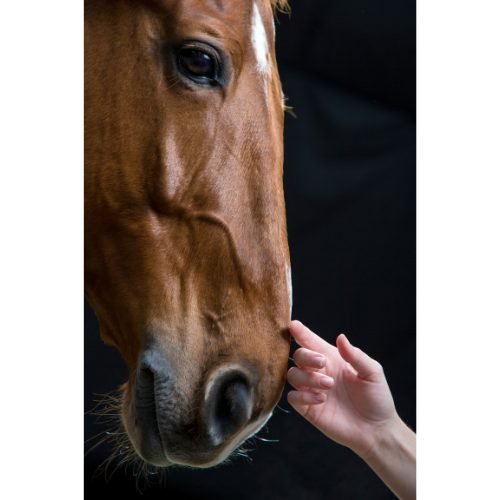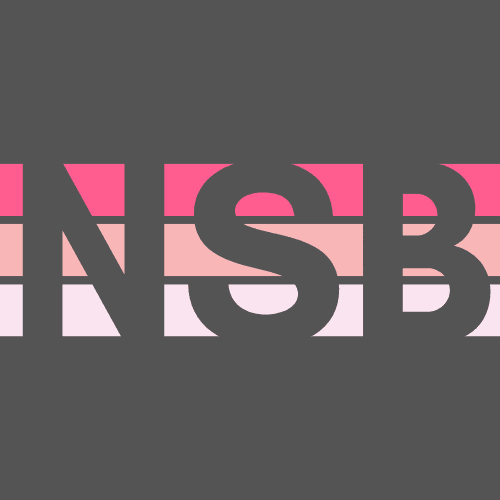Horse or equine therapy or hippotherapy (from the Greek word ‘hippos’, which means horse) or also known as Equine assisted therapy is a form of therapy that involves working in collaboration with a horse, sometimes a therapist and horse handler.
It can be used to treat children and adults for conditions such as stress, anxiety and trauma.

During equine therapy sessions, you don’t actually ride the horse. Instead, you carry out tasks such as feeding, grooming and leading the horse.
Sessions usually take place in small groups, where you may have specific tasks or ‘obstacles’ to overcome. After sessions, you have the chance to discuss your experiences and emotions with a therapist.
The main goal of equine therapy is for self-discovery, cognitive growth, and address maladaptive behaviours.
Many of the benefits of equine therapy are likely due to the nature of the horses themselves.
Horses are naturally gentle and calm creatures, and are able to mirror and respond to human behaviour, meaning they’re highly effective at interacting and working with others in a patient and non-judgemental way.
Equine therapy helps people express emotions and build trust through bonds with horses.
Equine therapy doesn’t just result in psychological benefits – it has physical benefits too. Equine therapy has been found to reduce people’s blood pressure and heart rate, and help to calm physical symptoms of conditions such as anxiety and stress.
History of animal therapy
The use of animals within therapy can be traced back thousands of years. Their ability to read human emotion and their inherent honesty is perhaps why we look to them so often in times of distress. While a range of animals are well known for being therapeutic, horses are becoming particularly well known for their ability to help with change.
Horses have been used in physical therapy since the early 1950s, helping people to refine their motor skills in a gentle way. Since then, the unique bond between human and horse has been incorporated into a type of psychological therapy.
What happens in an equine therapy session?
There is normally no horse riding involved, and you don’t even have to touch the horse.
Various exercises are set up to help you think and act in ways you may not have thought of before. Normally the exercises will require you to interact with the horse; you may be asked to lead the horse over a series of obstacles or to lead it in a certain direction sometimes without the aid of a lead rope.
This kind of exercise requires a creative way of thinking and may force you to reconsider the way you act. The horse expert will be on hand to ensure everything is safe, however, you will not be told how to complete your task it is up to you to explore different methods.
After you complete the exercises, a therapist may talk to you about your experience. Discussing how the exercise made you feel and why you think you were successful or unsuccessful can lead you to learn more about yourself and your behaviour.
Over time you may find that you develop a bond with the horse, and this can be incredibly powerful for healing.



